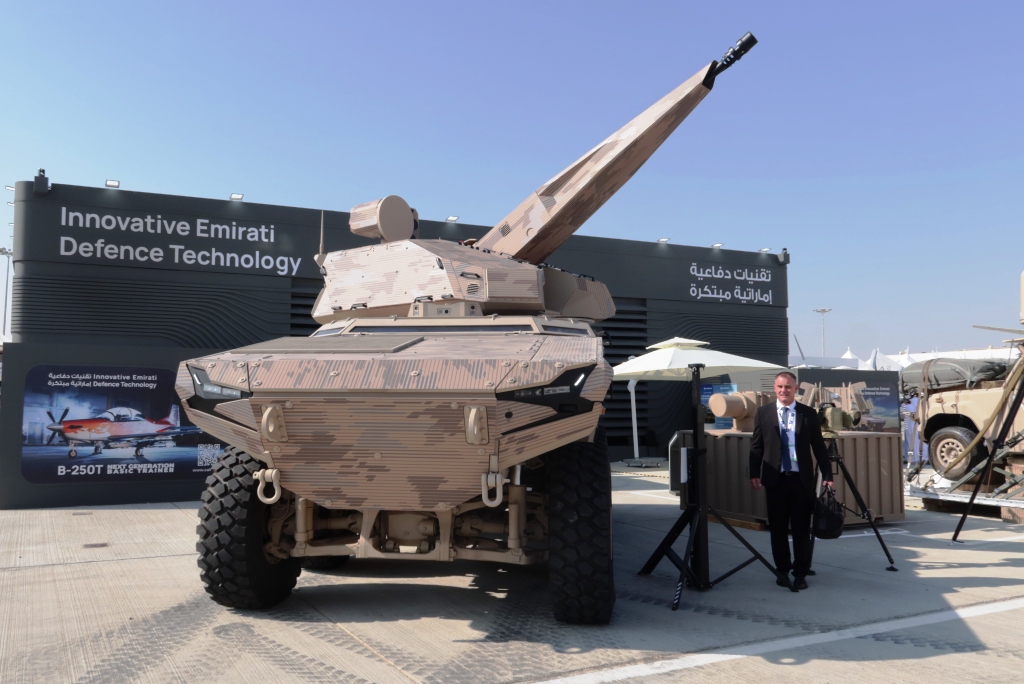Advancements in Unmanned Aircraft Systems: A Strategic Overview
Context of Unmanned Aircraft Systems Integration
The UK armed forces are on the cusp of significant advancements in unmanned aircraft systems (UAS), as they seek to enhance operational doctrine and integrate unmanned technology into their command structures. This multifaceted initiative represents a shift in military engagement strategies, capturing the potential efficiencies and capabilities UAS offer.
Current Developments
Despite these ambitious plans, the Royal Navy (RN), British Army, and Royal Air Force (RAF) have only initiated their exploration into unmanned operations. A vital focus of this exploration is both recognizing the capabilities and acknowledging the limitations of existing unmanned technologies.
Lessons from Recent Conflicts
Recent conflicts in Ukraine and the Middle East provide valuable insights into the evolving landscape of unmanned warfare. However, each branch of the UK military is independently navigating its pathway, tailoring solutions aligned with specific operational needs. This has led to a fragmented approach, as each service progresses at differing rates concerning force structure, mission definitions, and tactical objectives.
Strategic Decisions for 2025
To accelerate its UAS capabilities, the UK Ministry of Defence (MoD) will confront key decisions in 2025 as part of its Defence Investment Plan (DIP). This strategic framework will shape the allocation of procurement budgets for future unmanned systems.
Army Capabilities and Historical Context
The British Army has established itself as the principal operator of UAS within the UK military framework. Its experience with these systems dates back to the 1960s, beginning with the Royal Artillery’s acquisition of the turbojet-powered Canadair CL-89, used for target-locating missions.
Key Takeaways
- Comprehensive Integration: The armed forces aim to transform operational frameworks to fully harness UAS capabilities.
- Independent Pathways: Each military branch is pursuing unique strategies tailored to its operational mandates, impacting the overall integration of unmanned systems.
- Budget Considerations: Strategic planning and resource allocation will be critical in shaping the future of UAS procurement and deployment.
The UK’s approach to enhancing unmanned warfare capabilities reflects a broader trend in military strategy, emphasizing the need for innovation while addressing the complexities of modern combat environments. As developments unfold, ongoing assessments and strategic choices will be essential to maximizing the effectiveness of unmanned technologies in defense applications.





